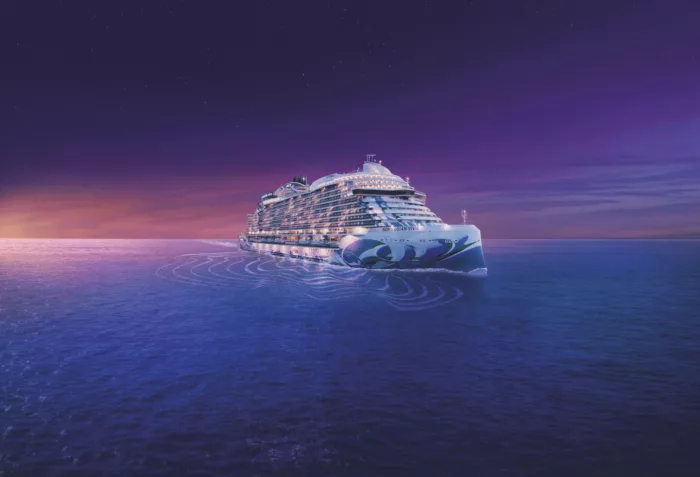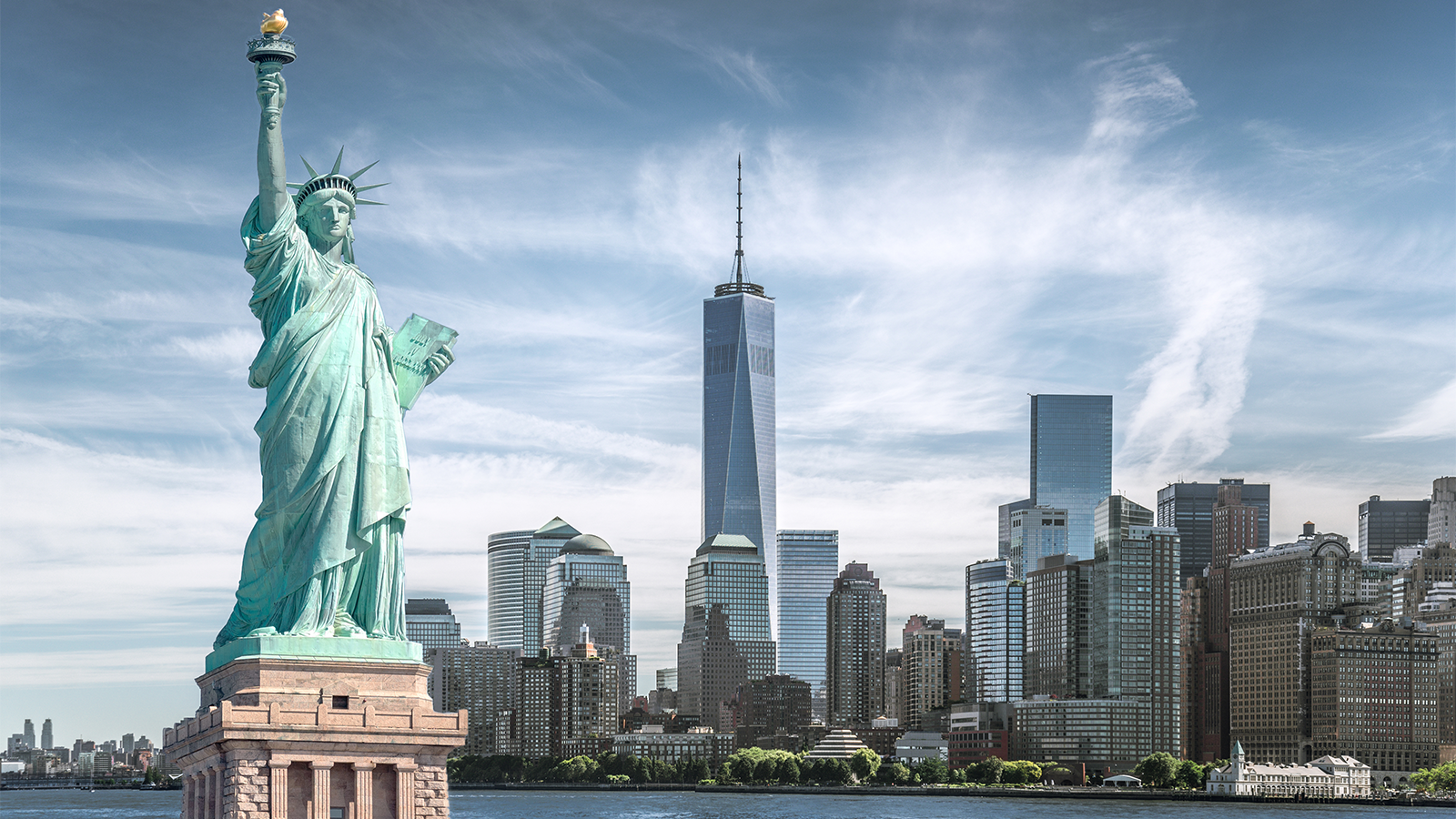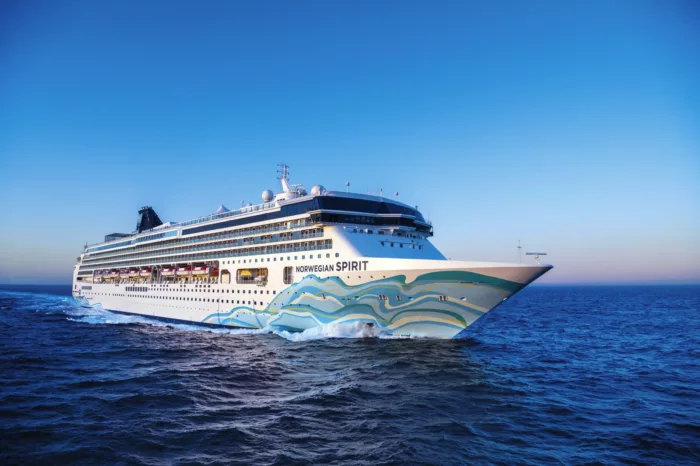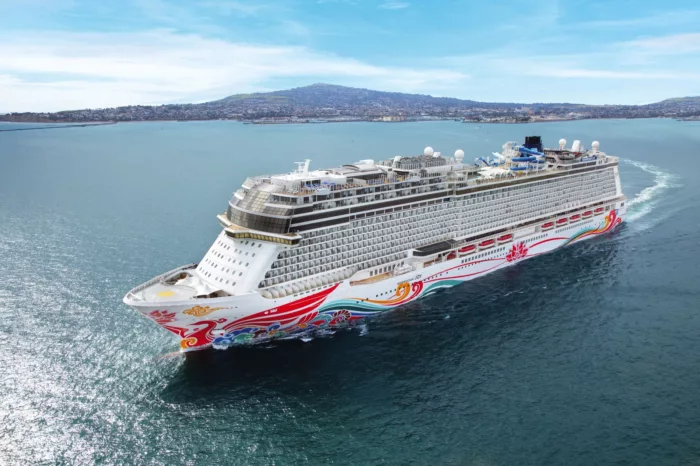
Norwegian Cruise Line
Founded in 1966, Miami-based Norwegian Cruise Line (NCL), part of global cruise company Norwegian Cruise Line Holdings (which also owns Oceania Cruises and Regent Seven Seas Cruises), is the third-largest cruise line in the world in terms of cruise passengers. NCL has become well-known for its colourful ships featuring a pop-icon style painted hull.
3195
Passengers
1506
Crew
2023
Launched
142500t
Tonnage
294m
Length
41m
Width
22kts
Speed
16
Decks
USD
Currency
Cruise Itinerary
Day 1
Trieste, Italy
Day 2
Zadar, Croatia
Day 3
Ravenna, Italy
Day 4
Dubrovnik, Croatia
Day 5
Kotor, Montenegro
Day 6
Corfu, Greece
Day 7
Valletta, Malta
Day 8
Messina, Italy
Day 9
Naples, Italy
Day 10
Livorno, Italy
Day 11
Cannes, France
Day 12
Civitavecchia, Italy

Day 1
Trieste, Italy

Day 2
Zadar, Croatia

Day 3
Ravenna, Italy

Day 4
Dubrovnik, Croatia

Day 5
Kotor, Montenegro

Day 6
Corfu, Greece

Day 7
Valletta, Malta

Day 8
Messina, Italy

Day 9
Naples, Italy

Day 10
Livorno, Italy

Day 11
Cannes, France

Day 12
Civitavecchia, Italy
Ship Details


Norwegian Cruise Line
Norwegian Viva
LIVE IT UP
Welcome aboard the all-new Norwegian Viva, the next stunning ship in the brand-new Prima Class, designed for you to live life to the fullest.
Cabins
All Prices



















